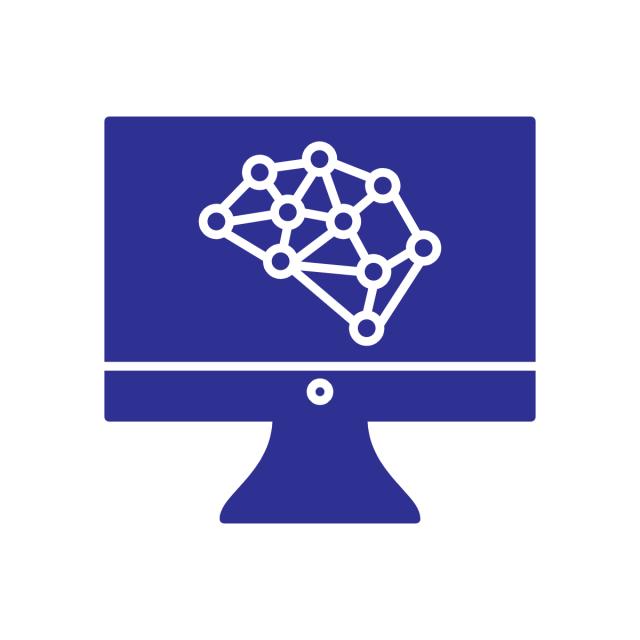MOOC List is learner-supported. When you buy through links on our site, we may earn an affiliate commission.

MOOC List is learner-supported. When you buy through links on our site, we may earn an affiliate commission.
What You Will Learn
- Learn to merge, clean, and manipulate data using Python libraries such as Numpy and Pandas
- Gain familiarity with the basic and advaned Python functonalities such as importing and using modules, list compreohensions, and lambda functions.
- Solve a supply chain cost optimization problem using Linear Programming with Pulp
Course 1 of 4 in the Machine Learning for Supply Chains Specialization
Syllabus
WEEK 1
Introduction to Programming Concepts and Python Practices
Welcome to the course! In this first module, we’ll learn about the fundamentals of programming and Python. We’ll start with basic data structures, functions, and loops and then some time becoming familiar with importing modules and libraries. Finally, we'll put our new skills to the test by optimizing a supply constraint problem using linear programming techniques.
WEEK 2
Digging Into Data: Common Tools for Data Science
In this next module, we'll dive into the most common tools used for data science: Python, and Numpy. We'll start with Numpy, getting used to np arrays and their main functionality. After getting familiar with loading in data of all types, we'll learn about some basic data description and cleaning techniques. We'll also learn to work with indexes and columns in Dataframes. We'll end with an introduction to plotting and summary statistics. We will use common supply chain data sets for our explorations
WEEK 3
Higher Level Data Wrangling and Manipulation
In this third module, we'll take our Pandas and Numpy skills to the next level, learning how to effectively combine and reshape data. We'll learn how to reshape data to fit with our needs through merges and pivots. This setup will help us tackle common data preprocessing steps necessary to run machine learning algorithms, such as one-hot encoding. Finally, we'll encounter the most important tools in our Pandas arsenal (Groupby-Apply-Transform) and explore its transformative functionality.
WEEK 4
Course 1 Final Project
In this final project, we'll take collection of various data sets involving warehouse capacities, product demand, and freight rates to optimize cost of producing and shipping products.
MOOC List is learner-supported. When you buy through links on our site, we may earn an affiliate commission.
MOOC List is learner-supported. When you buy through links on our site, we may earn an affiliate commission.
